Early dawn is the best time to capture her spirit. It’s the magic hour, the briefest of moments just before sunlight when she is most gentle, most vulnerable, still deep in slumber and blanketed by low-hanging clouds. Bromo, seats of the gods in the island of Java, is one of 400 volcanoes –the ring of fire– scattered throughout the Indonesian archipelago. These were formed and are still forming by the encounter of three tectonic plates: the Eurasian, Pacific and the Indo-Australian. Restful and benevolent in sleep, their ashes provides fertile grounds and place of spiritual beauty for the country’s now nearly 250 million inhabitants. Awoken, they wrought havoc and destruction.
The last eruption of the supervolcano Mount Toba in the island of Sumatra, nearly 80,000 years ago, created a watery crater 100 km by 80 km wide complete with its own island, today respectively known as Lake Toba and Samosir island. On the archipelago’s easter island, Mount Tambora’s eruption in 1815 became the “largest volcanic eruption in history”. It caused wide spread harvest failures in Northern Europe, the Northeastern United States, and eastern Canada in 1816 –a time known as the Year Without a Summer. Krakatau’s four explosions in 1883, a volcanic island formed by lava in the Sunda Strait between the islands of Java and Sumatera, became the biggest bang in history. The explosions were heard as far as Australia and the island of Rodrigues off Mauritius, over 3,000 miles away, and killed an estimated 120,000 people in the archipelago. It caused global temperatures to fall by as much as 1.2 degree Celcius over the next 5 years.
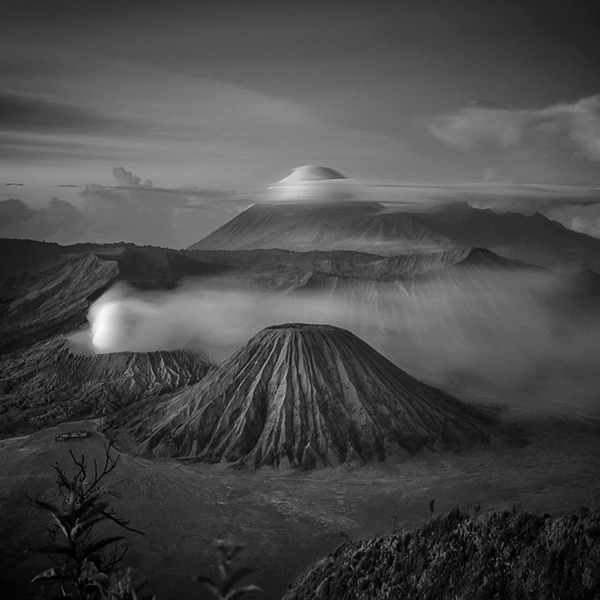

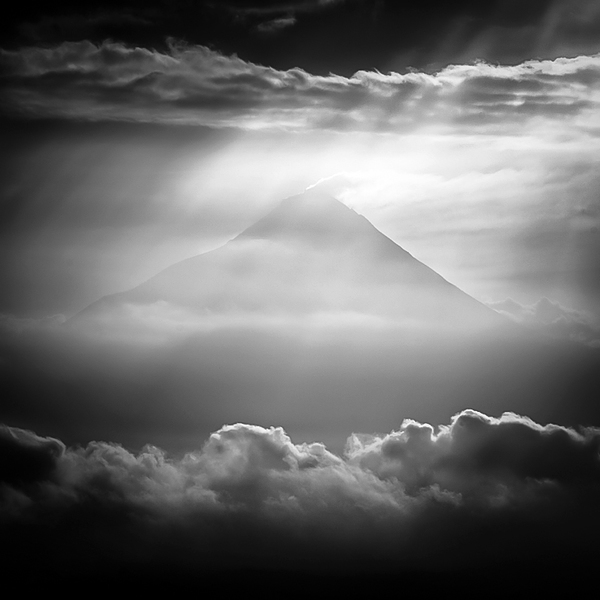
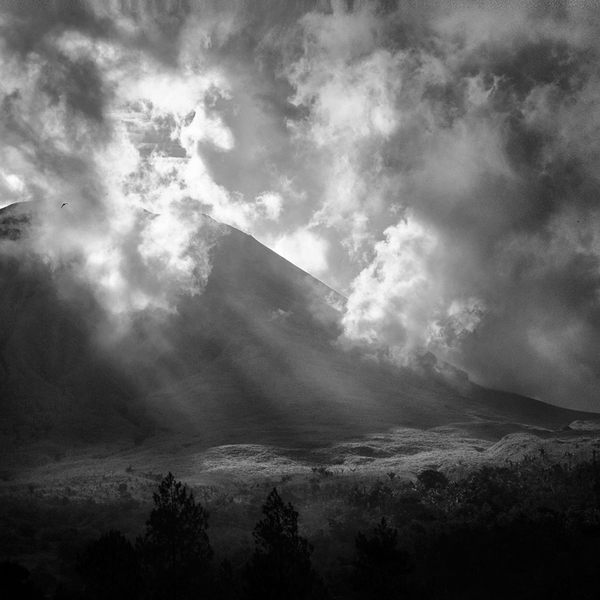
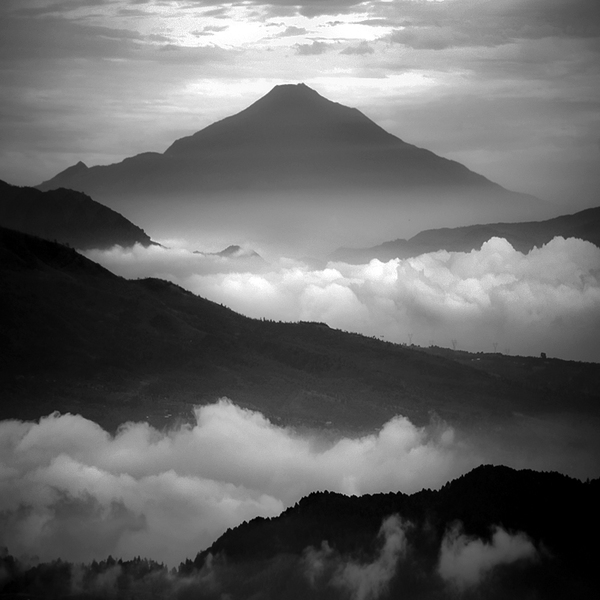
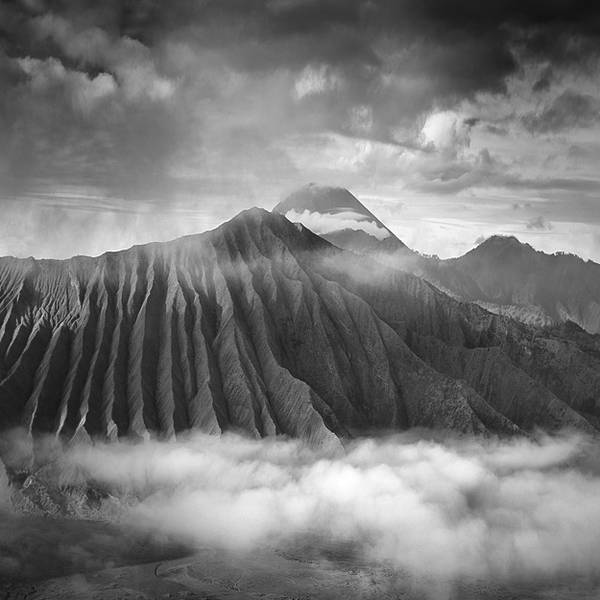
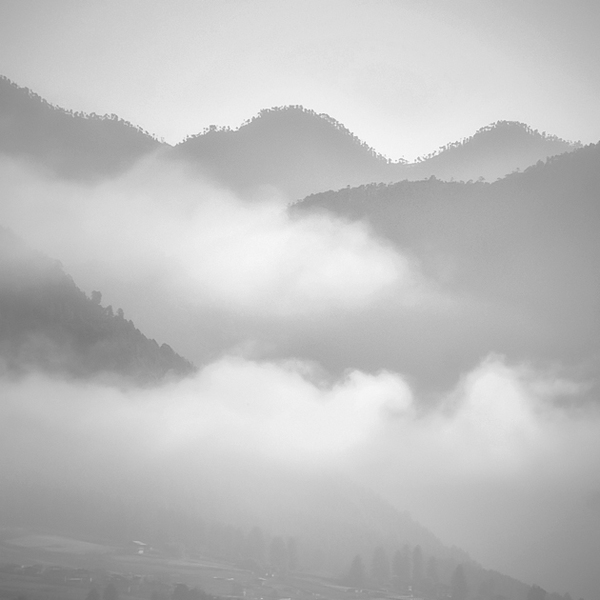

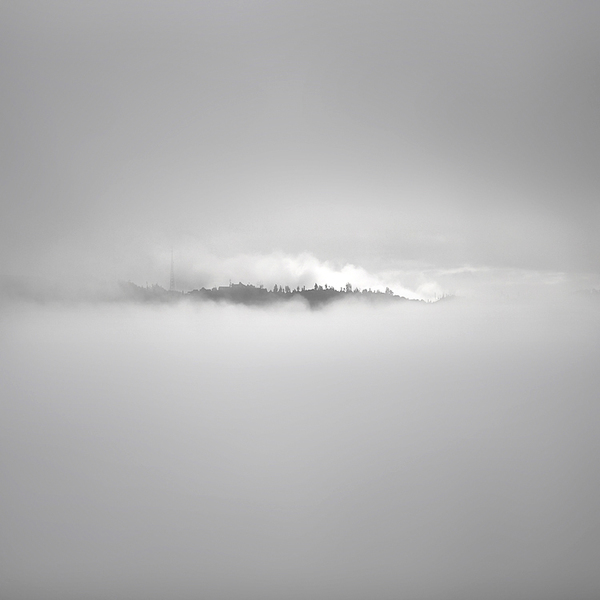
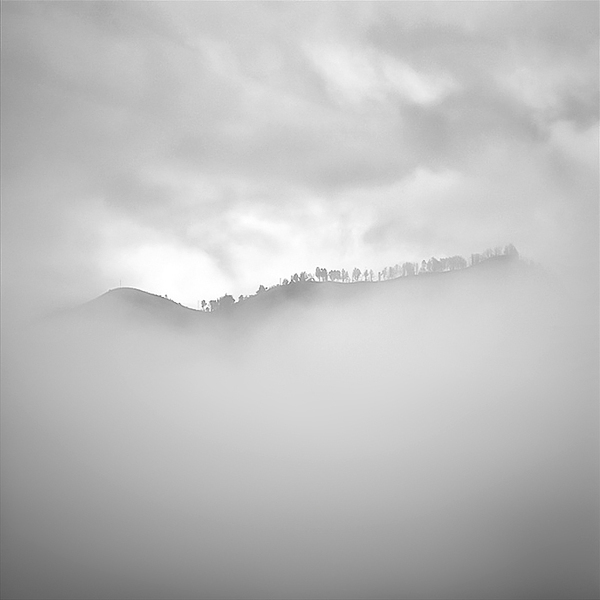
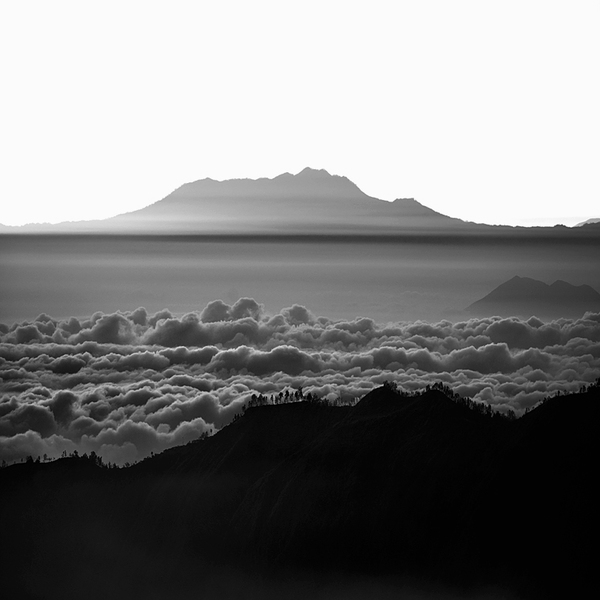
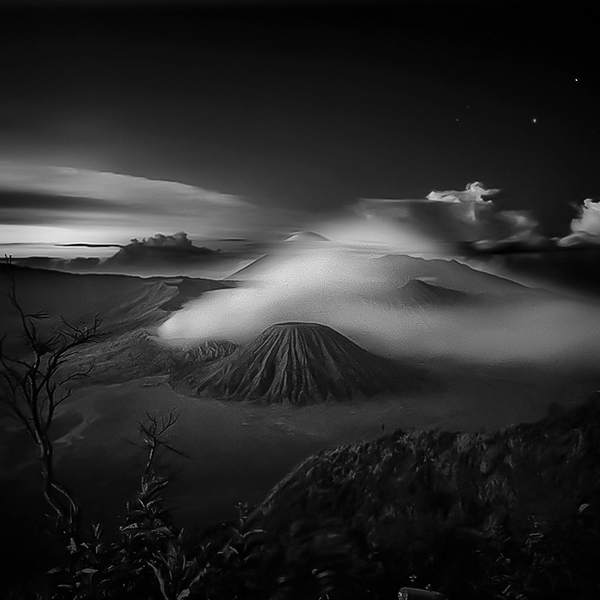
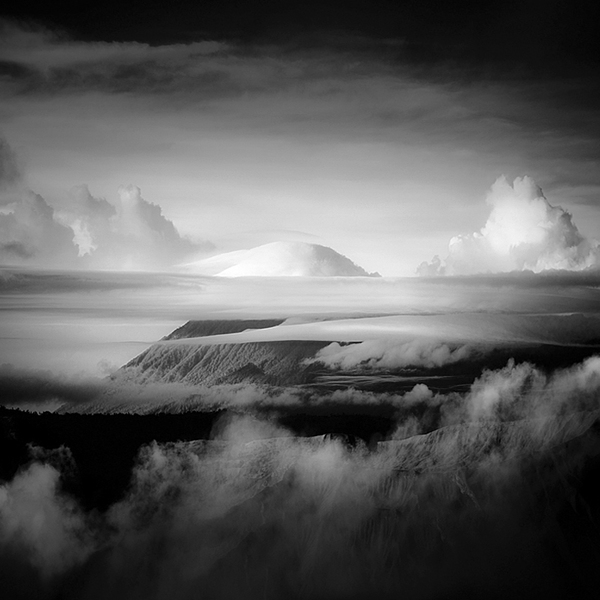

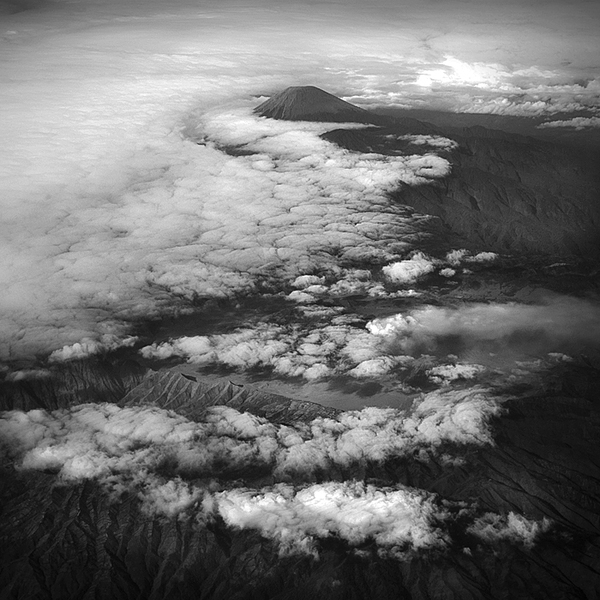
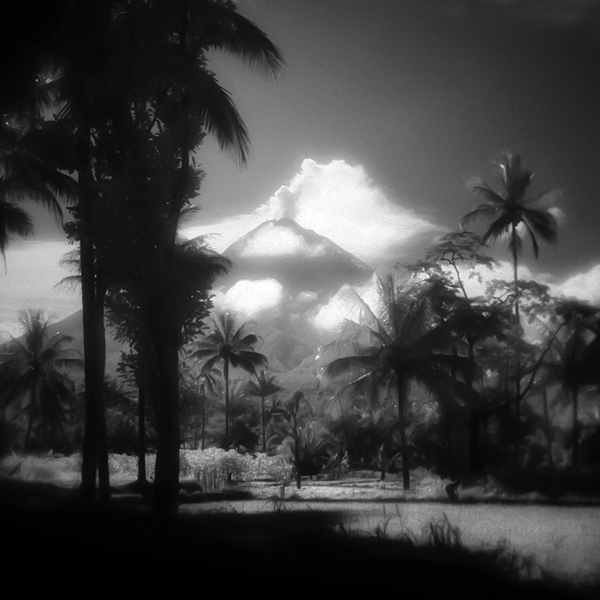
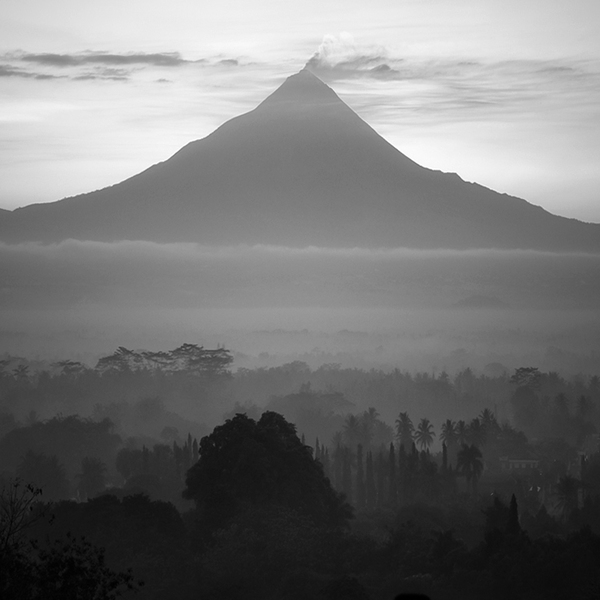
You can find Hengki Koentjoro on the Web:
Copyrights:
All the pictures in this post are copyrighted to Hengki Koentjoro. Their reproduction, even in part, is forbidden without the explicit approval of the rightful owners.


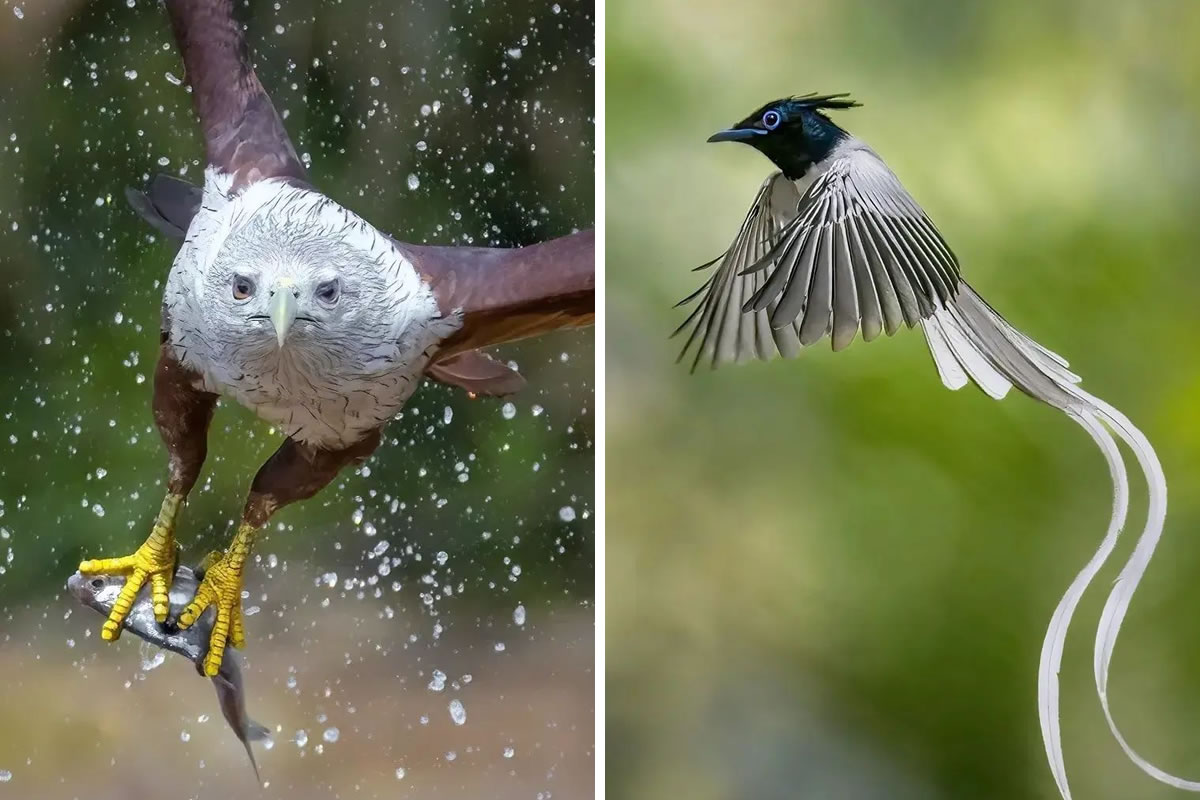
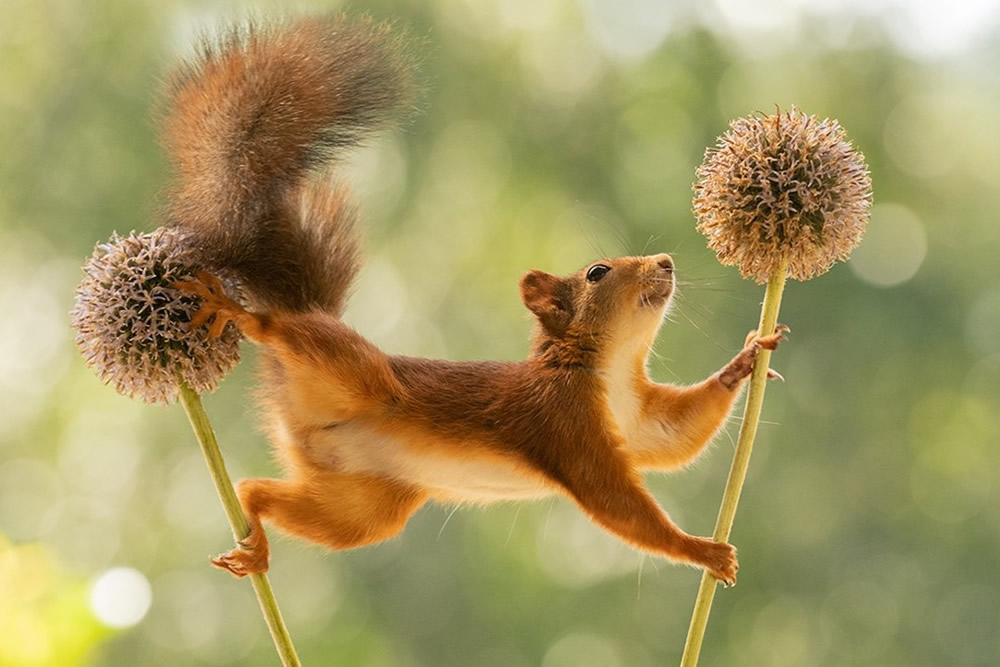
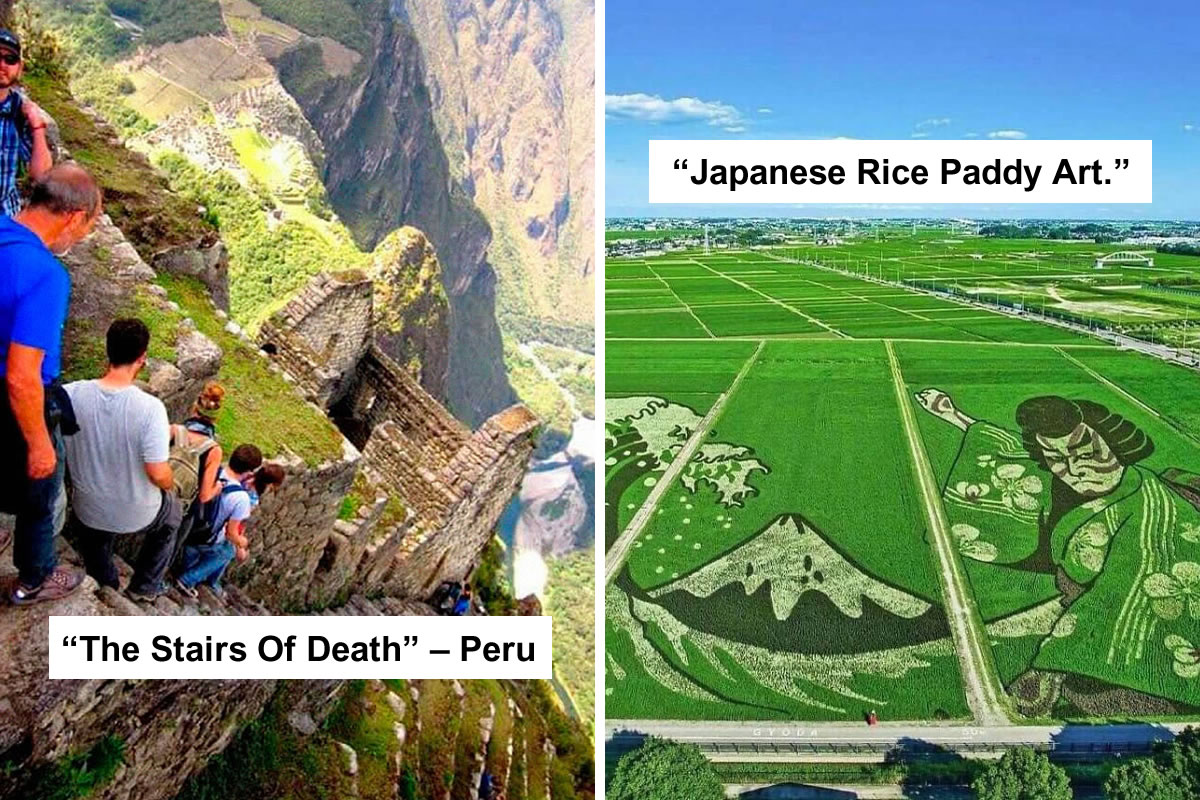
2 comments
WOW.. The only word I could say.
Awesome work Mr.Hengki. Respect.